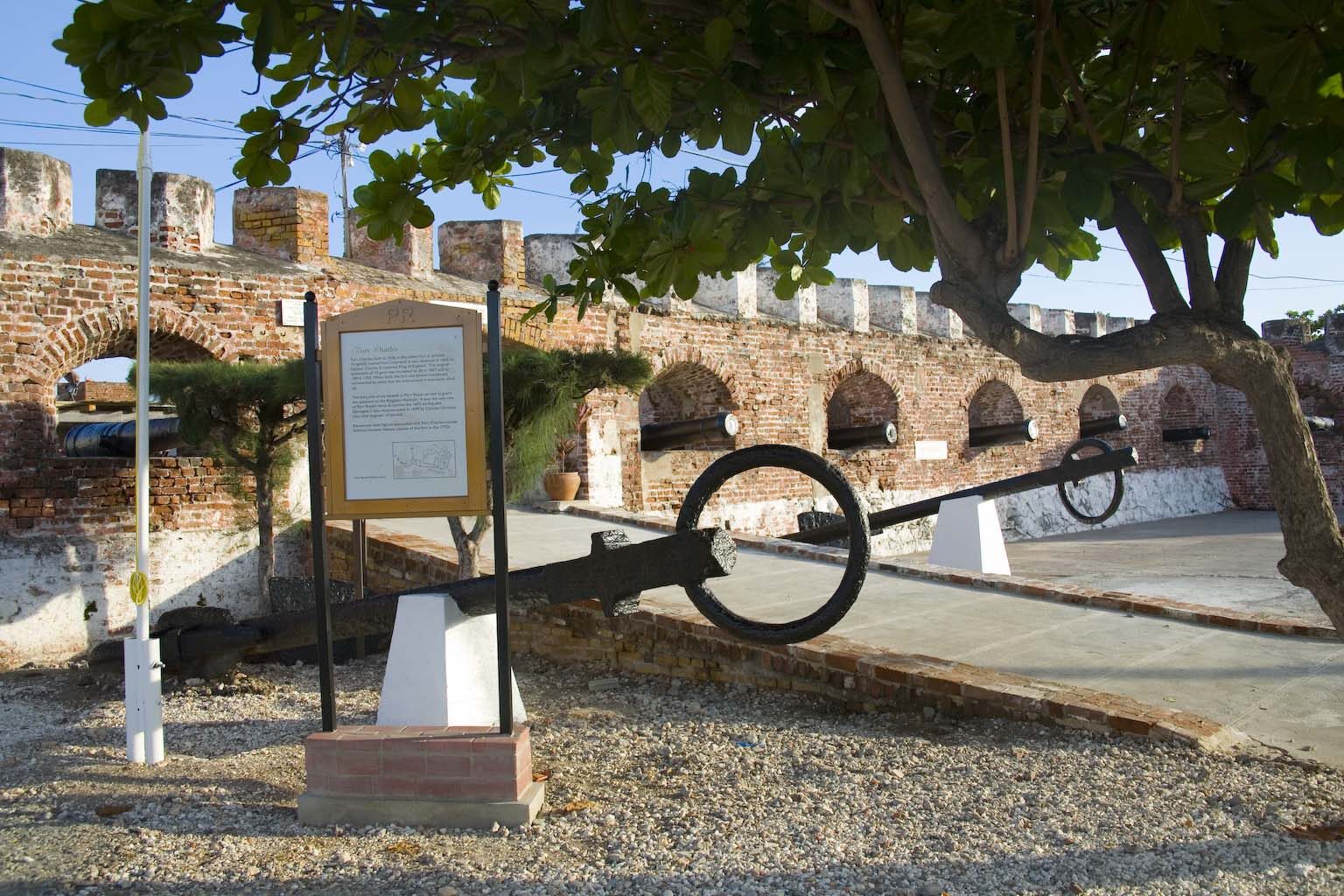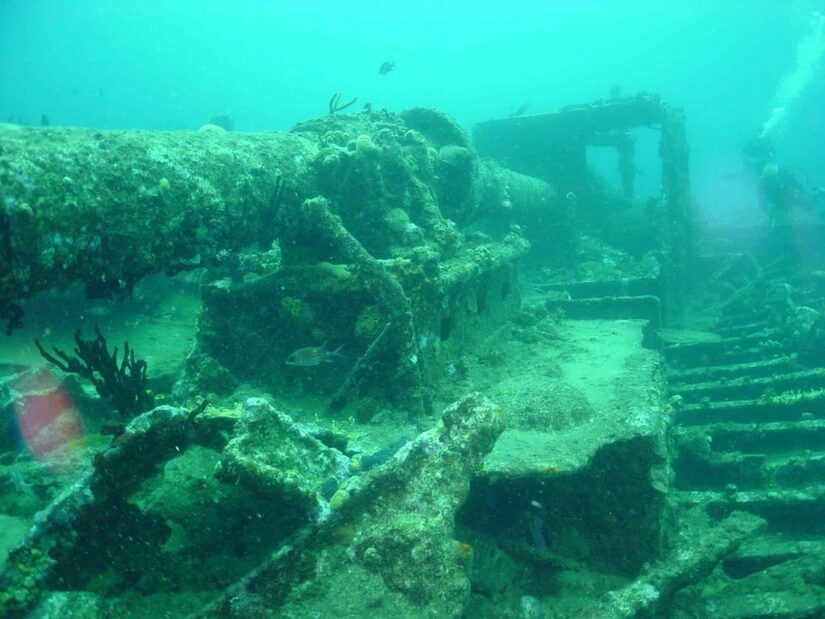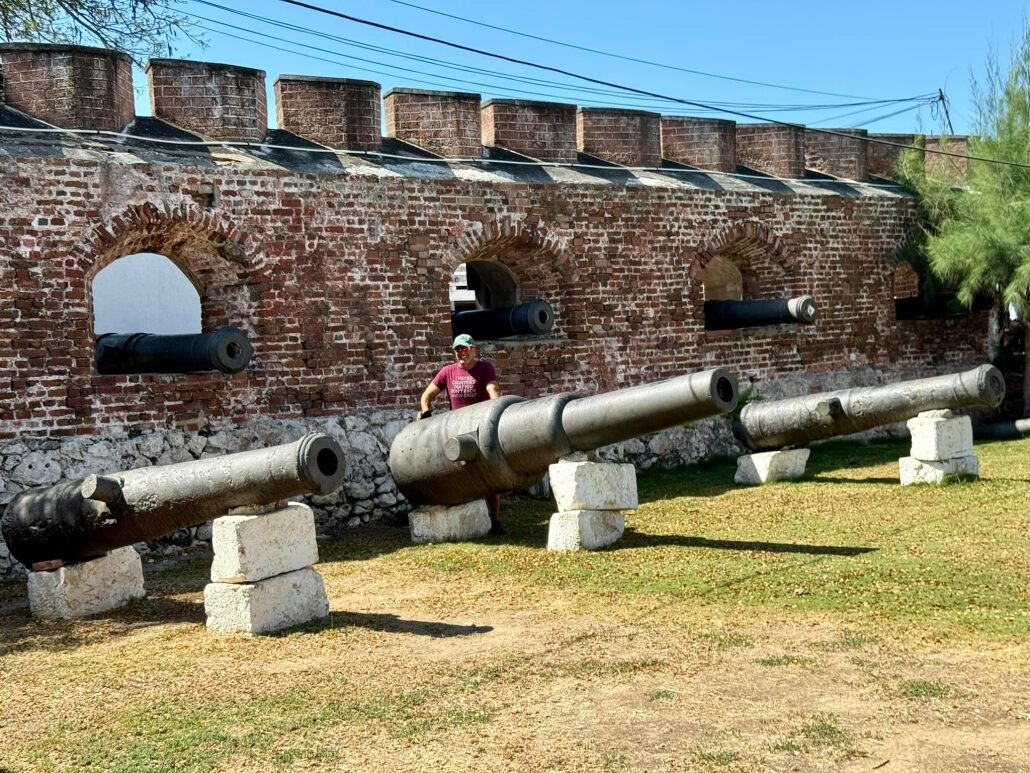Port Royal is set to be designated a World Heritage Site
The Minister of Culture, Gender, Entertainment and Sport, Olivia Grange has indicated that Port Royal in Kingston is set to be designated a World Heritage Site. Speaking on Wednesday at the floral tribute to mark the 95th anniversary of the birth of former Prime Minister Edward Seaga, Grange said the designation is to be undertaken in July.

This underwater archaeological site, once known as the richest city in the West, is undergoing nomination through UNESCO, emphasizing its historical and cultural significance. Experts work to preserve its submerged artifacts and structures, attracting attention from scholars and enthusiasts. With its blend of history and mystery, the site serves as a crucial reminder of the need for ongoing exploration and protection of our global heritage.
Significance: Port Royal is considered a unique and historically significant site, particularly due to its underwater preservation after a devastating earthquake in 1692.

Nomination Process: The Jamaican government has submitted the site to UNESCO for World Heritage status.
Potential Impact: Designation as a World Heritage Site is expected to enhance the site’s and Jamaica’s cultural and heritage tourism offerings.
Historical Context: Port Royal was a major trading post and naval base in the Caribbean, once known as the richest and wickedest city in the New World.
Port Royal, located on the Palisadoes peninsula at the mouth of Kingston Harbour, was a significant Caribbean port city, famed for its role in piracy and trade, before its destruction by an earthquake and tsunami in 1692. It was once the largest and most prosperous city in the Caribbean, acting as a major center for shipping and commerce.
Early History and Rise to Prominence:

Spanish Foundation: Founded in 1494 by the Spanish, it was initially used as a Spanish harbor.
English Conquest: Following the English conquest of Jamaica in 1655, Port Royal experienced rapid growth and development.
Center of Piracy and Trade: It became a hub for pirates and privateers, and later a thriving commercial center for trade in slaves, sugar, and other goods, particularly after 1670.
City”: Port Royal gained notoriety for its reputation as a “wickedest city” due to widespread excess, debauchery, and a high concentration of entertainment establishments.
Prominent Figures: Sir Henry Morgan, a well-known pirate, was also associated with Port Royal.
The 1692 Earthquake and Aftermath:
Destructive Earthquake: The 1692 earthquake and tsunami destroyed much of the city, with two-thirds of the land sinking beneath the sea.
Rebuilding and Naval Base: A new city, Kingston, was established on the opposite side of the bay, and Port Royal was re-established as a naval base, a role it continued to play for centuries.

Underwater Archaeology: The submerged portion of Port Royal is now a significant site for underwater archaeology, yielding a wealth of artifacts and insights into the city’s past.
Post-1692 and Modern Port Royal:
Naval Base: Port Royal remained a vital naval base for the British for over two centuries, with figures like Horatio Nelson serving there.
Ongoing Challenges: The area has continued to experience challenges from earthquakes, hurricanes, and other natural disasters.
Modern Community: Today, Port Royal is a smaller, maritime community with a rich history and a focus on preserving its heritage.
Giddy House: The “Giddy House,” an old artillery store, is a well-known landmark that tilts at a 45-degree angle due to the 1907 earthquake.

